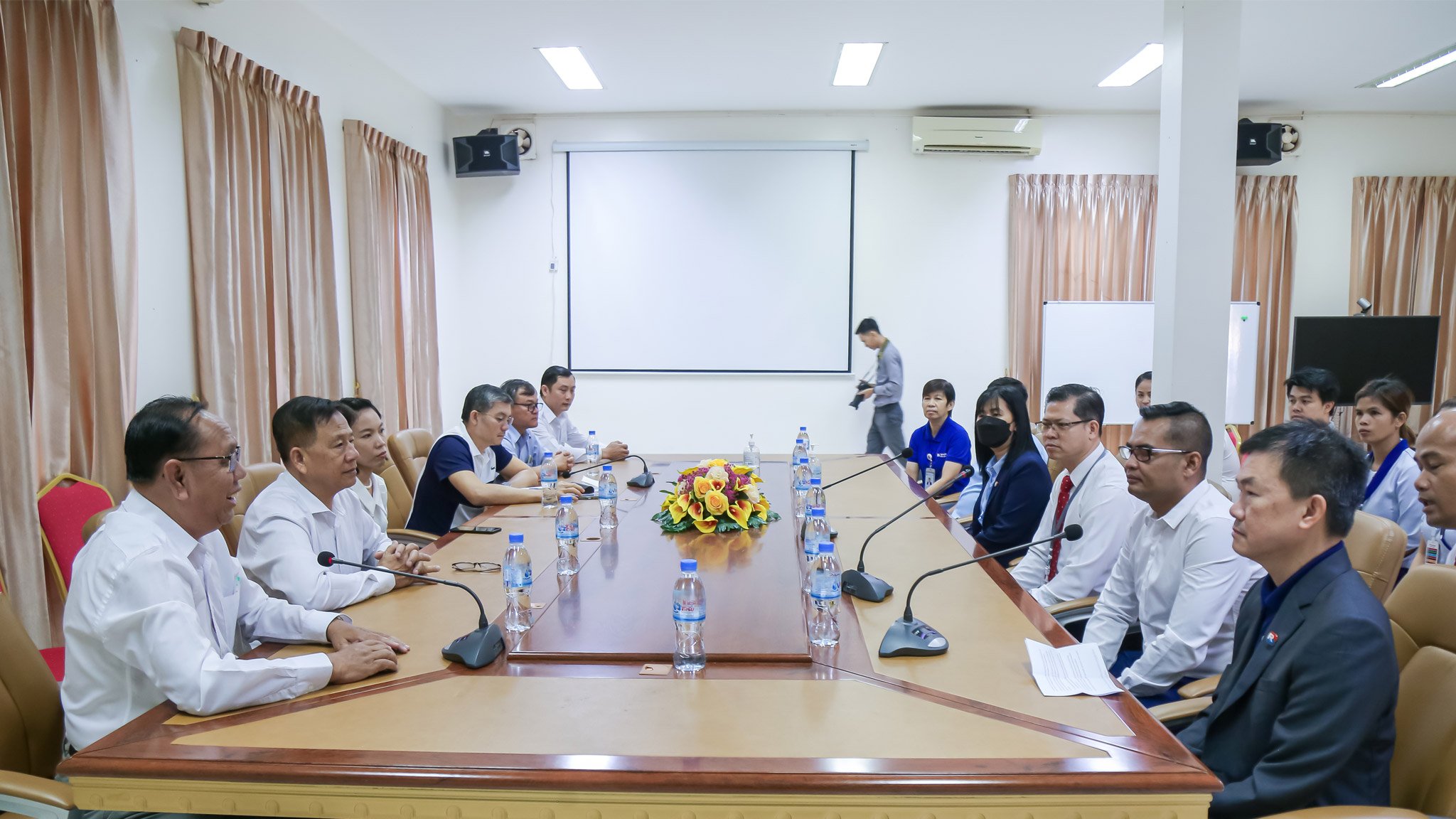BACK PAIN
Back pain is a common condition that can occur anywhere, at any time, and to anyone. Luckily, over 70% of back pain will alleviate within 2 weeks and over 90 % in 4-6 weeks. Inflammation or tension in the area around joints, muscles, and cervical discs usually lead to back pain. Also, certain movements and activities such as heavy lifting, bending over, and twisting motions can also create or worsen back pain. Other factors that may cause back pain to worsen may stem from health issues such as an infection in another region of the body, an allergic reaction, or psychological problems such as stress. This passage is meant to explain in general what back pain is, and the procedures to be taken for treatment. It will also detail the rehabilitation process, causes, symptoms, warning signs as well as prevention methods i.e. specific exercises to be taken to prevent back pain. Types of Back Pain • Acute Back Pain- This type of back pain lasts approximately 6 weeks or less. However, pain is limited to the back and does not spread to the legs. This can be caused by lumbar muscle strain or inflammation of joints or ligaments around the spine. This type of back pain will most likely recover 2-3 days following treatment. • Lumbago (Back pain that spreads to the legs)-This type of back pain will last approximately 6 weeks or less and the pain will spread to the hip and legs. This type of back pain could be caused by a herniated disc and will last longer than acute back pain as well as affect the nerves in the back which can lead to a higher degree of pain. • Chronic – This type will affect the back and legs and will last longer than 6 week and is considered a chronic condition such as spinal stenosis. For this type of pain it is recommended that you seek expert advice to determine the cause. These specialists include rehabilitation experts, orthopedic surgeons, and neurosurgeons. Warning Signs In some cases your doctor may perform an examination to determine the cause of the back pain. You can help the diagnosis by detailing the symptoms and any changes that are of note. Follow-up appointments may be scheduled 1-3 weeks after the initial check-up. If you experience the following symptoms please inform your physician. • Drastic weight-loss • Chronic pain during the night • Fever • Incontinence • Weakness in the legs Diagnosis of Back Pain X-Ray is not necessarily the first step as it is normally used for conditions that have an injury attached such as from a fall or motor accident, in patients over 50, and patients with a pre-existing condition. Your physician will order an X-Ray if the back pain persists for more than 6 weeks. A CT scan or MRI may then be used if the back pain spreads to the legs, or if the doctor requires a more details analysis. Treatment The following simple practices may help control pain. Please consult your doctor if the pain persists. Rest First, it is important to rest your back, for example by lying on a bed. However, you should not lay in bed for extended periods of time, in fact stay in bed for more than 2 weeks can worsen back pain. It is recommended to rest your back for about 48 hours after an injury or after the first time you notice significant pain. After that, you can slowly increase your activity level. Getting up and moving as soon as spasms and sharp pains subside can help ease pain and stiffness. Hot and Cold Treatments Some people find that heat – for example, a hot bath or a hot water bottle placed on the affected area helps ease the pain. Cold, such as an ice pack or a bag of frozen vegetables, placed on the painful area can also be effective. Don’t put the ice directly on to your skin though, as it might cause a cold burn. Wrap an ice pack or bag of frozen vegetables in a cloth before putting it on your skin. Another option is to alternate between hot and cold using ice packs and a hot water bottle. Hot and cold compression packs can be bought at most pharmacies Medication Paracetamol is often one of the first medications recommended for back pain, although some people find non-steroidal anti-inflammatory drugs (NSAIDs), such as ibuprofen, more effective. A stronger painkiller, such as codeine, is also an option and is sometimes taken in addition to paracetamol. Habits, Sleeping, and Weight Changing certain habits in your daily life can help to prevent and alleviate back pain. The right habits can help to rebalance your back muscles and reduce the pressure onto your lower back muscles. To reduce pressure it is recommended to use a chair with a back rest, use an extra pillow to support your back, or frequently adjusting your seating posture. • While Sleeping- For those of you who sleep on your back it is recommended to put a pillow beneath your knees for support. For those sleeping their side a pillow can inserted between the legs. The bed should be relatively solid, a sponge or spring mattress is not recommended. • Obesity – Is another factor that puts added pressure on your back. A little weight loss can go a long way in relieving and preventing back pain. • Quit Smoking Stress Management Family, work, and financial situation can cause stress which can contribute to back pain. Proper stress management will help in rehabilitation. For further information on how to achieve effective stress management consult your physician. Returning to Normal Activities Returning to normal activities for 2-3 days can contribute to rehabilitation. At work it may be necessary to change your duties and responsibilities or limit your hours in accordance with your condition. Going about your daily activities normally can help to prevent your back from becoming weak, however avoid heavy lifting, falls, and twisting motions. Physical Therapy for Back Pain If you experience sever back pain and are unable to move, unable to go back to work, perform daily activities, or the pain spread to the legs it is recommended to begin physical therapy to alleviate symptoms. Physical therapy of the spine will help to restore strength and movement, allowing for a return to normal activities. It may include special exercises, cold and heat treatment, providing information about how bone and back muscles function, and acupuncture. Physical therapy is especially important for patients with chronic pain or nerve compression such as herniated disc. Intervention Treatment Intervention treatment is techniques that include the use of needles, also referred to as Invasive Modality. Popular intervention treatment methods include injection to relieve inflammation and RF Rhiztomy. On average intervention treatment is 70-75% successful and can often serve as a useful diagnosis tool before surgical treatment. Surgical Treatment Surgical treatment is selected when there are key indicators such as severe pain, or severe nerve compression that causes issue such as constant weariness and inability to walk long distances. Popular surgical treatment includes Decompressive Laminectomy, which is the most common type of surgery done to treat lumbar (low back) spinal stenosis. This surgery is done to relieve pressure on the spinal nerve roots caused by age-related changes in the spine. The other is Microscopic Discectomy which uses a special microscope to view the disc and nerves. This larger view allows the surgeon to use a smaller incision, and causes less damage to surrounding tissue. On average these surgical treatments are successful 90% of the time. Exercise Exercise can help to make rehabilitation more efficient and prevent future problems relating to the back. As such it is important to care for your body, back, stomach muscles, and legs to keep them in healthy condition. Recommended activities include daily walks, swimming, and ride a bicycle. You can begin recommended exercises at home or under the supervision of a physical therapist. Exercises should begin immediately so long as it does not cause pain, or try to avoid exercises that put strain or causes increased back pain. 10-30 minutes of exercise 1 to 3 times in a day during rehabilitation as suggested below: Step ① Begin lying face up. Raise both your knees while resting both your arms to the side. Tense your abdominal muscles with your back flat on the ground, begin counting from 1-5 slowly. Release your abdominal muscles and lower your knees. Do these exercises 5-6 times on the first day and increase the repetitions as your rehabilitation progresses. Step ② Lying face up, raise both your knees with both your hands holding knees, slowly pull towards your torso and hip, hold and count to 5 then release. Repeat 5 repetitions. Warning During this exercise if you feel tightness in the shoulders try to shorten your neck, raise your shoulders and back off the ground. If you feel certain tightness around the hips, then you are doing it correctly. Step ③ Lying face up, raise both your knees with your hands holding on to each side. Slowly pull in towards your torso. You should feel tightness in your hips. Hold for 10 seconds and then release, repeat 5 times. Step ④ Lie face up with both your legs extended straight. Move your ankles up and down, press your sole against the floor and extend your food till you feel tightness in the hips, then release. Repeat 10 times.
Spine Center, Bangkok International Hospital Opening times Monday- Friday 8.00 – 20.00 Saturday 8.00 – 17.00 Sunday 8.00 – 13.00 Call. 1719







